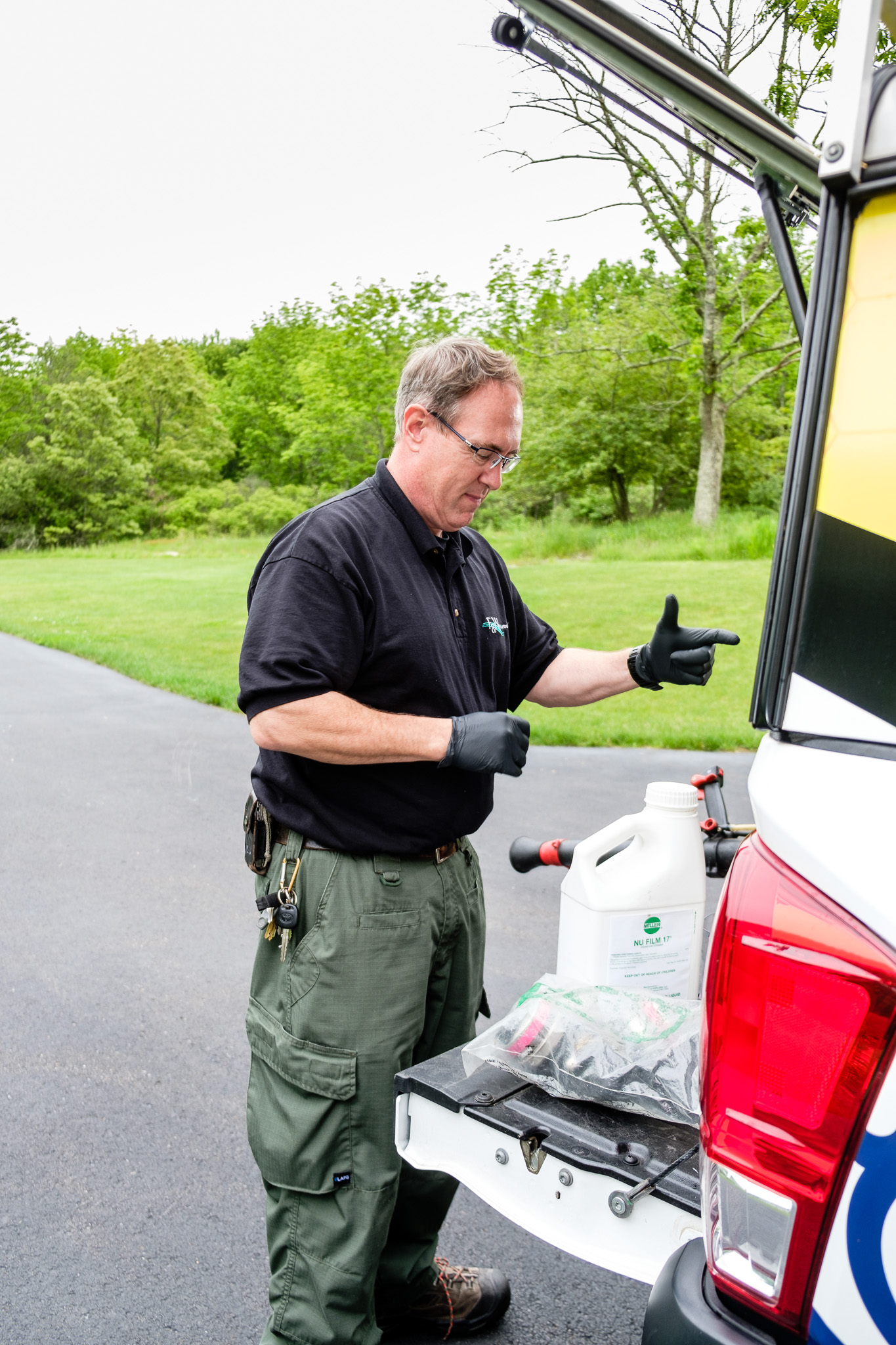Top 10 Things To Consider For Complete Wasp Removal In Billerica, Massachusetts

Pest Control Near Me
With the summer season upon us, comes the warmer weather, but it also means that pest control is not far behind. In Billerica, Massachusetts, wasps and other flying insects can be a nuisance that affects both residential and commercial spaces. To ensure complete and long-lasting control, the pest control professionals at F&W offer their insight into the Top 10 Things to Consider for Wasp Removal in Billerica, Massachusetts.
Introduction
From March through October, wasps become active in Billerica, Massachusetts, and as the warm weather evolves, these pests begin to build their nests and fill nearby spaces with their buzzing. In addition to being a nuisance and a potential health risk due to the pain of their stings, wasps can also cause considerable property damage if they get into walls or other places where they can multiply and create infestations.
To completely remove and control wasps, several factors need to be considered, including the species of wasp, how to control and capture them, the size of the nest, and many others. F&W pest control provide the expert service and advice you need to make sure the job is done right and that your property is free of wasps for good.
Identifying Wasps
The first and most important step in controlling and removing wasps is identifying the species that have invaded your spaces. Identifying the type of wasps you are dealing with will help you determine the most appropriate and effective method of removal. The most common types of wasps in Massachusetts are paper wasps, bald-faced hornets, and yellow jackets. It is important to know how to distinguish between these species, and the pest control experts at F&W can help you accurately identify the wasps infesting your property.
Inspecting the Nest
The size and location of a wasp nest can have a great impact on the success of the removal process. Wasps build their nests in a variety of locations, from the eaves of buildings to inside walls and other sheltered areas. It’s important to inspect the nest carefully and take note of its size, location, and any other relevant information.
Selecting the Right Equipement
After inspecting the wasp nest, it is important to select the best equipment to make sure the job is done safely and effectively. Different types of nests require different equipment for removal. Wearing the right safety gear is also essential, especially when tackling large and potentially dangerous wasp nests.
Applying the Right Treatment
The right treatment to remove wasps depends on the size of the nest and the type of wasp being removed. Small nests can typically be handled with a vacuum or a spray, or simply cut away from the property. For larger nests, special pesticides and insecticides may need to be used to make sure the infestation is completely eradicated.
Using Integrated Pest Management Techniques (IPM)
Integrated pest management (IPM) is a pest control technique that works by incorporating a variety of methods to achieve long-term control of pests, rather than relying solely on the use of chemicals. By using IPM, the pest control experts at F&W can provide safe and effective control while minimizing the use of pesticides.
Creating a Protocol
When dealing with a wasp infestation, it is important to create and follow a protocol that outlines the steps that will be taken during the removal process. This helps to ensure that the removal is done quickly and safely, and that the wasps will not return in the future.
Accessing the Nest
Once the removal plan is in place, it is important to access the nest in a way that is safe for the occupants of the property. This may involve erecting a ladder to get to higher areas or drilling holes in walls or other hard-to-reach spaces.
Containing the Wasps
Before attempting to remove the nest, it is important to contain the wasps by setting up a physical barrier such as a net or a tarp. This will prevent the wasps from escaping and swarming while removing the nest.
Removing the Nest
After the wasps have been contained, the nest can then removed in a way that is safe and effective. Care must be taken to ensure that all remains of the nest are removed, as pieces that are left behind can attract new wasps.
Cleaning Up
After the nest has been removed, it is important to clean up any mess that has been created during the removal process. This includes disposing of the remains of the nest, cleaning surfaces that may have been affected, and checking for any damage that may have been caused by the wasps.
Conclusion
Ensuring complete and long-lasting control of wasps requires careful consideration of a range of factors, including the type of wasp, the size of the nest, and the methods for removal. To ensure the job is done effectively and safely, it is essential to trust the expert pest control professionals at F&W. Their integrated pest management approach (IPM) provides the professional quality you need with the environmentally responsible quality of a DIY approach. Trust the expert exterminators at F&W to get rid of wasps this season. Get a free quote to start debugging your space today.
Pest Control Near Me
Searching for an easy fix to your pest problems? Here at F&W Pest Control, our exterminators will treat an array of different pest issues including termites, bed bugs, mosquitoes, and more! Long-term protection is right at your reach with the help of our highly trained team of exterminators in the Greater Boston area. Don’t allow pests to take over your home, put your trust in our pest control services to ensure a pest-free home. With our help, you won’t have to spend any more free time implementing DIY extermination methods!


